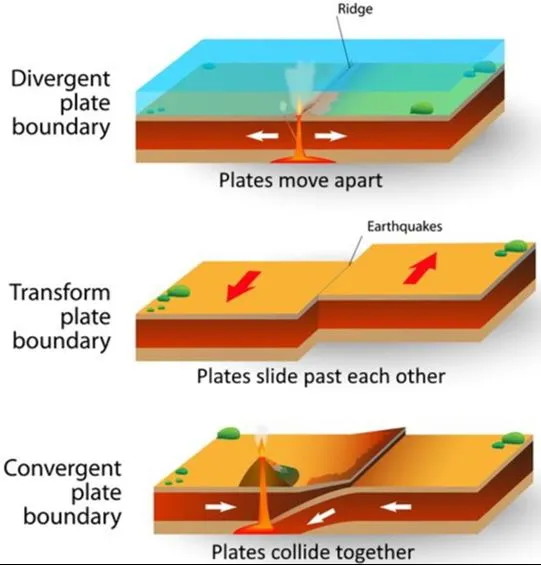

08th January 2025 (14 Topics)
Context
A powerful earthquake struck Tibet near Mount Everest, causing significant damage. The earthquake, measuring 6.8 in magnitude according to Chinese occurred in Tingri County, which is about 80 km north of Mount Everest.
What factors are responsible behind the seismic activity in Tibet?
- Tibet lies at the convergence of two major tectonic plates—the Indian Plate and the Eurasian Plate.
- This convergence is a fundamental factor behind the seismic activity in the region.
- The Indian Plate is moving northwards and colliding with the Eurasian Plate, which is pushing the land upwards and creating the Himalayas.
- The ongoing collision between the Indian and Eurasian plates began around 50-60 million years ago and continues to this day.
- Impact of the collision
- This collision has created the Himalayan mountain range, which is one of the most geologically active regions in the world.
- Tibet Plateau Formation: This collision also resulted in the rise of the Tibet Plateau, often referred to as the "Roof of the World." This plateau is the highest and one of the most tectonically active regions on Earth.
- The collision results not only in the formation of the Himalayas but also in complex processes like subduction (where one plate slides beneath the other) and slab tear (where the Indian Plate is slowly peeling apart beneath Tibet). The slab tear phenomenon is a particularly critical area of study, as it leads to deep earthquakes in the region, which are harder to predict and more destructive.
- The continuous tectonic forces at work in Tibet generate significant stress within the Earth's crust. This stress often leads to the rupture of geological faults, resulting in earthquakes. The region is crisscrossed with major fault lines, where the earth's crust is more prone to breaking and slipping.
- Due to the ongoing tectonic activity, Tibet falls within one of the most seismically active zones on Earth. In fact, the Himalayas and the surrounding region are often classified as a high seismic hazard zone. This includes areas not only in Tibet but also parts of Nepal, India, Bhutan, and Pakistan.
Fact Box:Plate Tectonics Theory
|
More Articles


